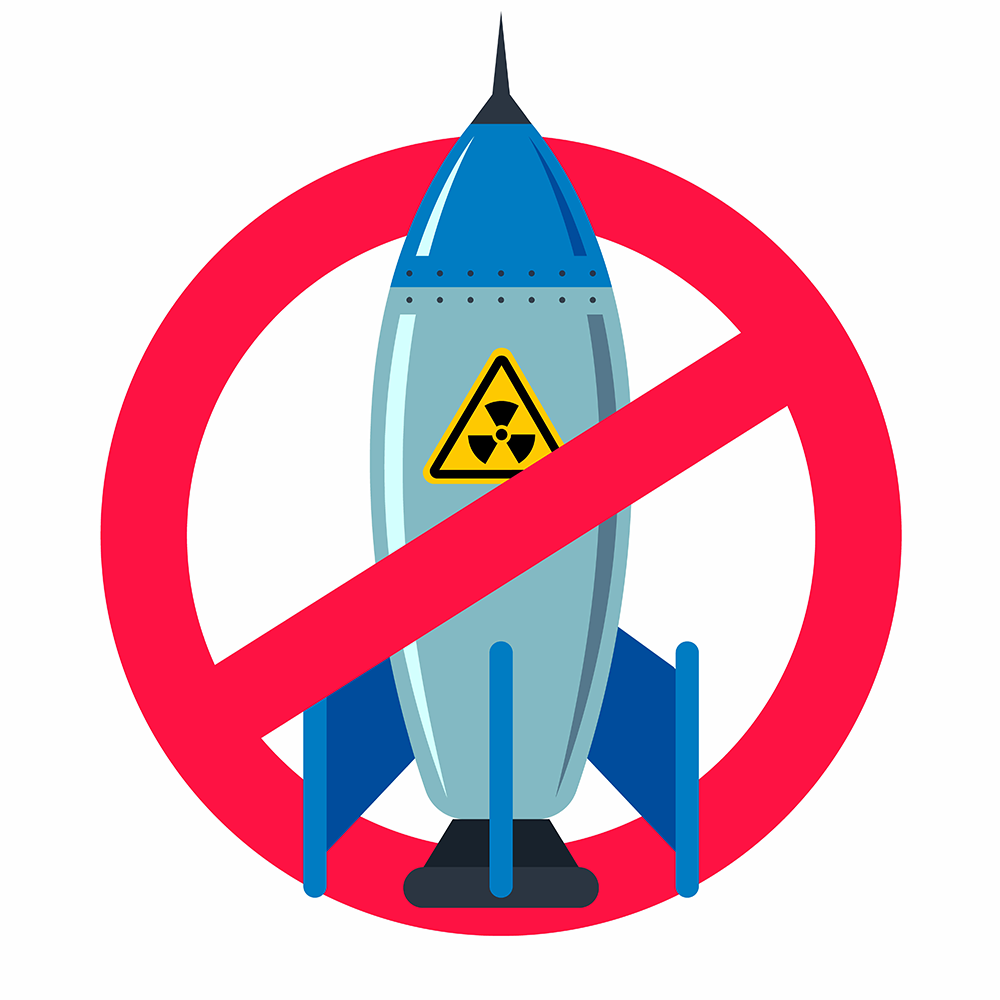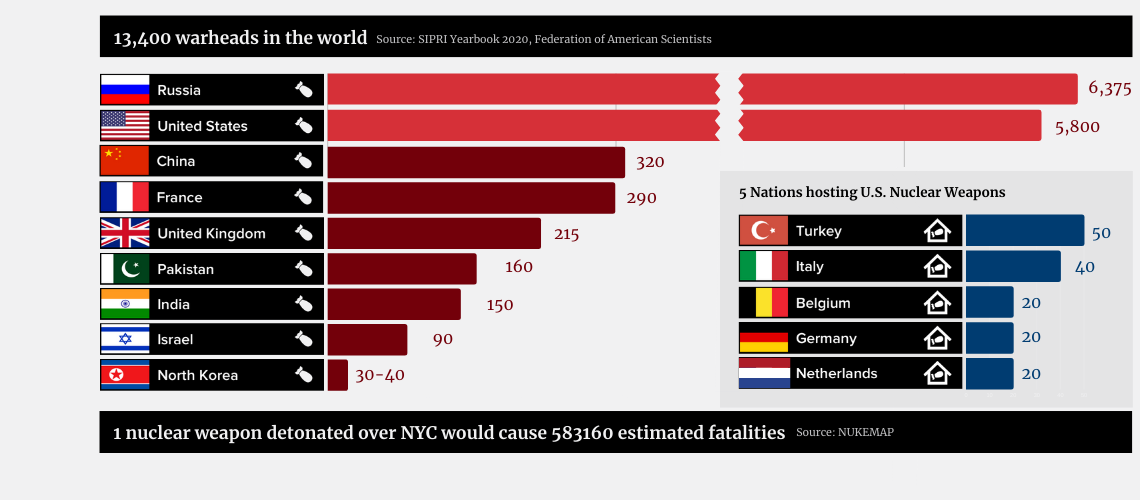Nuclear Weapons Abolition
IPPNW is the leading medical organization dedicated to the global elimination of nuclear weapons. Since the very beginning of the nuclear age, with the US atomic bombings of Hiroshima and Nagasaki, physicians have recognized that the devastating consequences of nuclear war can only be prevented if these weapons of mass destruction are abolished.
The Medical Evidence
In order to understand why nuclear weapons must be eliminated, you should learn about their unique characteristics and their consequences to health and our environment. You can begin with an overview of essential facts. Those looking for in-depth information can visit our archive of multimedia resources, which includes dozens of downloadable studies and reports on various aspects of nuclear weapons effects.
The facts about nuclear weapons
The health and humanitarian impacts of nuclear weapons
Nuclear Famine: climate effects of regional nuclear war
Learn more about ICAN—the International Campaign to Abolish Nuclear Weapons
Explore IPPNW’s large collection of resources on nuclear weapons, nuclear war, and related topics, including books and scientific papers, journal articles, Powerpoint presentations, videos, and more.







